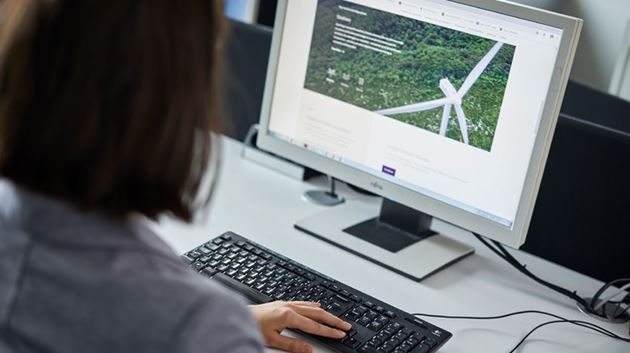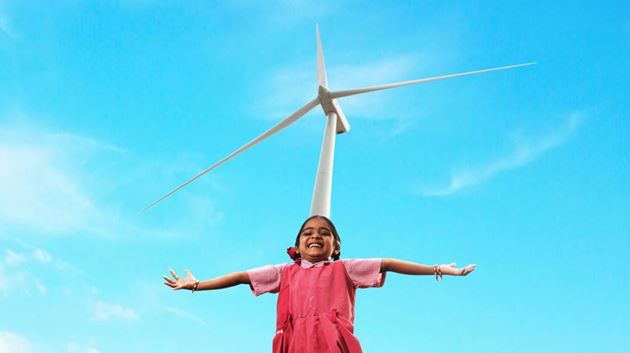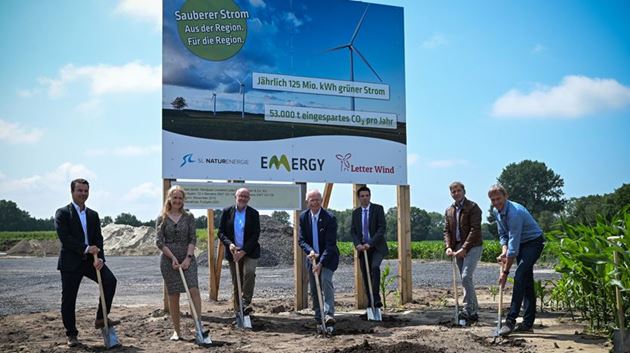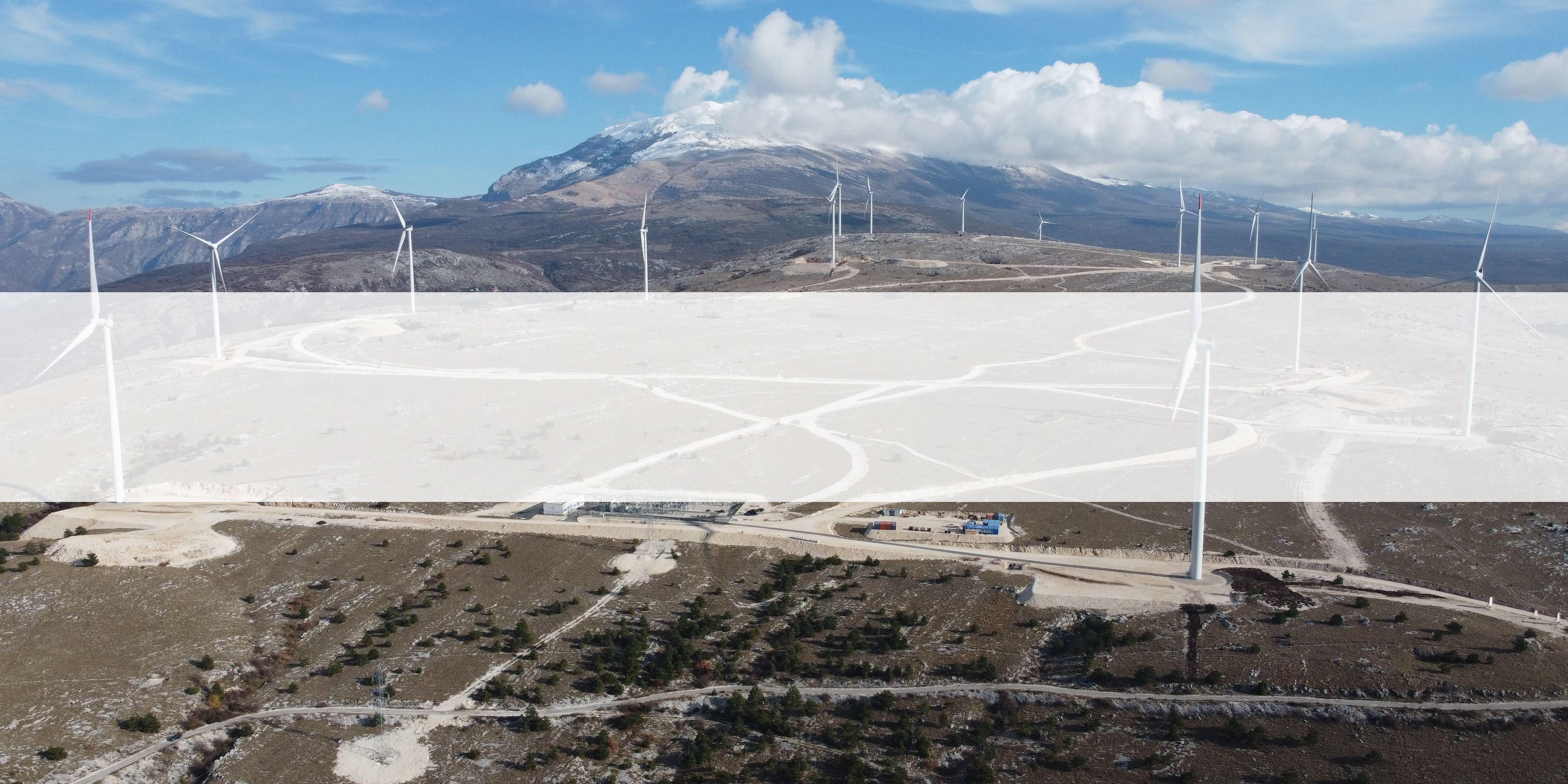
Bosnia and Herzegovina breaks out on new energy path in the Balkans
Madrid / 20 January 2021
It is easy to think of renewable energy installation happening today in the largest and more affluent countries in Europe or globally. And perhaps their lead is only right considering they are far more responsible for the bulk of CO2 emissions than emerging countries that also may lack the resources to invest so heavily in green technology. But that does not stop smaller, emerging countries from setting their own ambitions and their people doing their part to help drive a global energy transition forward.
One such case is Bosnia and Herzegovina. A country of close to three and half million people, and all too easily associated with a troubled past among its diverse population. Now the country is laying a path forward for growth in the renewable sector, with ambitious goals to wean itself off its use of local coal, which still accounts for a large percentage of its electricity production and supports thousands of jobs.
High up in the hills close to the city of Mostar, famous for its tightly arching Ottoman bridge that was destroyed during the war in 1993 and later rebuilt, the country’s national power provider Elektroprivreda of Bosnia and Herzegovina is working with Siemens Gamesa and local subcontractors on the Podvelezje wind farm. The 48 MW wind farm was completely installed by the end of last year and is due to be fully operational by the end of the first quarter of 2021, and marks Elektroprivreda BiH’s first project in wind energy. Much more will come over the coming years, but to get here has already taken a lot of work, ambition and persistence, explains Ajla Merzic, deputy project manager at the power company.
She recounted that the company started to test wind measurements to see the feasibility of installing wind energy back in 2009, with a rapid confirmation of the good wind speeds suitable for sites.
High up in the hills close to the city of Mostar, famous for its tightly arching Ottoman bridge that was destroyed during the war in 1993 and later rebuilt, the country’s national power provider Elektroprivreda of Bosnia and Herzegovina is working with Siemens Gamesa and local subcontractors on the Podvelezje wind farm. The 48 MW wind farm was completely installed by the end of last year and is due to be fully operational by the end of the first quarter of 2021, and marks Elektroprivreda BiH’s first project in wind energy. Much more will come over the coming years, but to get here has already taken a lot of work, ambition and persistence, explains Ajla Merzic, deputy project manager at the power company.
She recounted that the company started to test wind measurements to see the feasibility of installing wind energy back in 2009, with a rapid confirmation of the good wind speeds suitable for sites.
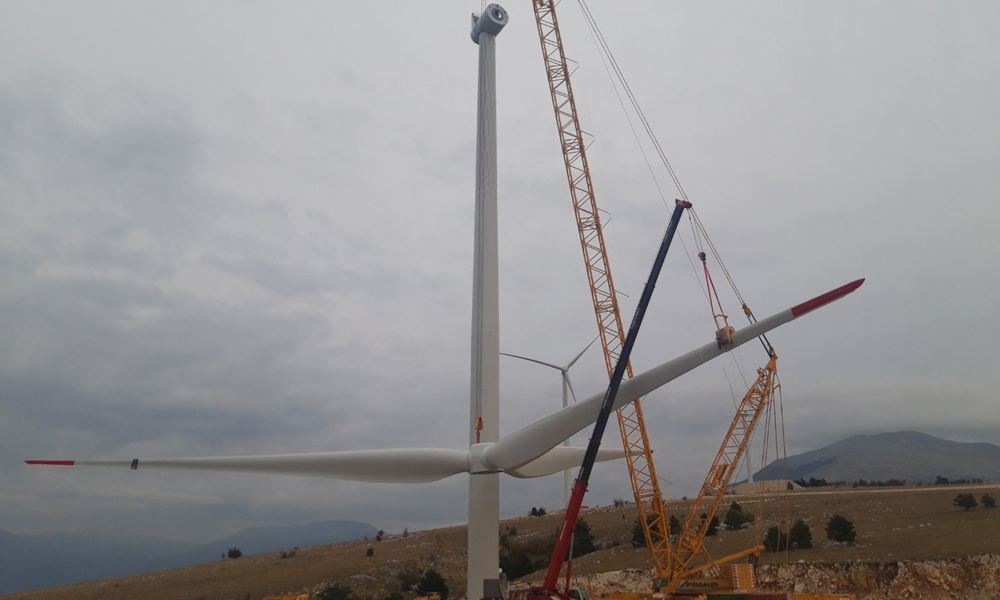
“The beginnings of the project go back a long way. We started to see the viability of projects in the country, but then had to look at much more data, environmental aspects, and then up to the tendering and negotiations. So, there’s been a lot of hurdles to overcome along the way, and we’re really excited now to be close to the first kilowatt hours of green energy coming on to the grid and finding our way of helping in the energy transition,” Ajla says.
Ajla added that the project would not be possible in times of COVID without the additional efforts of all the main parties involved from Siemens Gamesa, subcontractors, the Engineer and Supervisory body, local authorities and of course the investor itself.
Ajla added that the project would not be possible in times of COVID without the additional efforts of all the main parties involved from Siemens Gamesa, subcontractors, the Engineer and Supervisory body, local authorities and of course the investor itself.
She was also quick to praise the teamwork and partnerships that have needed to be built for this to happen, especially during the COVID-19 pandemic and the lockdowns. “People here in Bosnia have been very supportive of this transition to green energy. And it’s really been such great team-work, and good engineering collaboration to find solutions. But we’ve always been convinced with the technology and product and setting in motion this renewable path.”
Indeed, this will be the first of many more renewable projects to come for Elektroprivreda BiH. The company plans to install at least 2 more wind plants and 3-5 solar plants by 2030, all in the range from 30 MW and upwards, with an ambition to reach close to 400 MW between these two energy sources. In addition, the firm also hopes to install 1-2 hydro plants, and is looking at ways of producing more efficient energy from its coal-fired power plants.
Indeed, this will be the first of many more renewable projects to come for Elektroprivreda BiH. The company plans to install at least 2 more wind plants and 3-5 solar plants by 2030, all in the range from 30 MW and upwards, with an ambition to reach close to 400 MW between these two energy sources. In addition, the firm also hopes to install 1-2 hydro plants, and is looking at ways of producing more efficient energy from its coal-fired power plants.
Mountains, caves, COVID, limestone, lightning – just a few hurdles
A successful installation on the mountains surrounding Mostar has also meant overcoming several logistics and terrain challenges. While the wind speeds may be good on the mountains, the terrain is also based on limestone, which over time decays in water, and can leave caves below the surface, which naturally wouldn’t be the best to build a heavy wind turbine on.
“Before everything could be started, we had to carry out 2-3 months of geotechnical missions. In this rocky terrain you just don’t know what you can find below the surface. In fact, we found one massive cavity of 6 meters below the position of a turbine,” said Michael Schuhr, global project manager at Siemens Gamesa.
Ground penetration radars and seismic refraction techniques were employed to find areas which could have cavities and cameras were used through bore holes to film the extent of the cavities. Those cavities that were deemed to pose a danger to the site were filled in and in one location a turbine had to be moved to a safer location.
Being set on a mountainside also means the turbines are more exposed to lightning strikes too, explained Denis Aunedi, regional project manager, which would have more of an impact on limestone terrain. This meant that the earthing system was broadened at the turbine base so that any lightning impact would be mitigated.
“Before everything could be started, we had to carry out 2-3 months of geotechnical missions. In this rocky terrain you just don’t know what you can find below the surface. In fact, we found one massive cavity of 6 meters below the position of a turbine,” said Michael Schuhr, global project manager at Siemens Gamesa.
Ground penetration radars and seismic refraction techniques were employed to find areas which could have cavities and cameras were used through bore holes to film the extent of the cavities. Those cavities that were deemed to pose a danger to the site were filled in and in one location a turbine had to be moved to a safer location.
Being set on a mountainside also means the turbines are more exposed to lightning strikes too, explained Denis Aunedi, regional project manager, which would have more of an impact on limestone terrain. This meant that the earthing system was broadened at the turbine base so that any lightning impact would be mitigated.
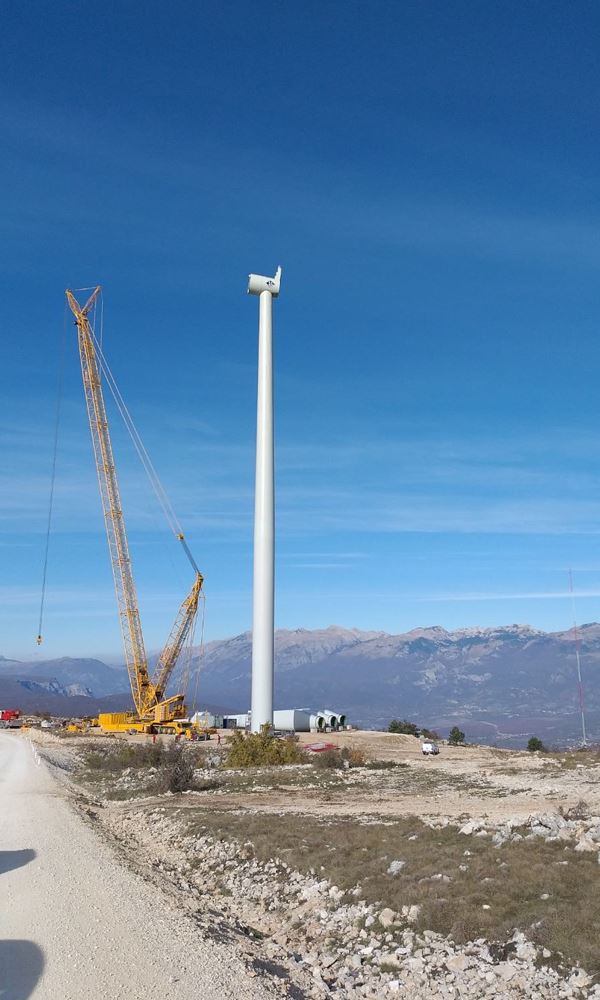
However, he said that getting over these issues has been down to experience. “We have a good team in place from the back office to subcontractors, and they have worked together on all three projects we have had in Bosnia, which really helps to know the environment. This experience is key when there are so many things to consider – exporting out of the EU, crossing national borders, transportation up the mountain…”
Siemens Gamesa installed its first 50 MW wind farm in the country in 2015, and aims to develop more in a country and region with strong green ambitions.
Project manager Farooq Akram at Siemens Gamesa also spoke of the work of collaborating with many partners in the region. “There’s an awareness there that the region needs to develop green energy, and there’s really not many international companies working there. While relationships are different in some cases it’s been easy with the regional authorities and the customer and we have formed good local partners to help drive the energy transition in the Balkans.”
Siemens Gamesa installed its first 50 MW wind farm in the country in 2015, and aims to develop more in a country and region with strong green ambitions.
Project manager Farooq Akram at Siemens Gamesa also spoke of the work of collaborating with many partners in the region. “There’s an awareness there that the region needs to develop green energy, and there’s really not many international companies working there. While relationships are different in some cases it’s been easy with the regional authorities and the customer and we have formed good local partners to help drive the energy transition in the Balkans.”
The project forms part of the ‘Partnerships with Purpose’ series of articles highlighting inspiring projects that Siemens Gamesa is working on with partners to tackle the climate crisis through the power of relationships, innovation, people and community.

